Festival de las Flores de Cerezo del Lago (호수벚꽃축제)
8.7Km 2025-03-25
Songpanaru-gil 206, Songpa-gu, Seúl
02-2147-2800
El Festival de las Flores de Cerezo del Lago ofrece un paseo bajo los árboles de cerezo en plena floración en el lago Seokchon de Seúl. Además, también hay preparadas una variedad de actuaciones, exhibiciones y actividades durante los días del festival.
K-Food Festival Knock Knock (K-푸드 페스티벌 넉넉)
8.7Km 2025-06-20
Sejong-daero Jiha 189, Jongno-gu, Seúl
02-2088-4960
Museo Nacional de la Historia Contemporánea de Corea (대한민국역사박물관)
8.7Km 2023-02-22
Sejong-daero 198, Jongno-gu, Seúl
El Museo Nacional de la Historia Contemporánea de Corea es el primer museo del país en presentar la historia completa de Corea del siglo XIX hasta la actualidad. El museo abrió el 26 de diciembre de 2012 y tiene como objetivo educar, instruir y enseñar al público visitante el pasado y el presente del país a través de diversas exhibiciones, presentaciones y materiales. El museo está compuesto por cuatro plantas que están divididas en varias zonas según el tema.
Nori Madang de Seúl (서울놀이마당)
8.7Km 2021-02-02
Samhaksa-ro 136, Songpa-gu, Seúl
+82-2-2147-2800
Establecido en diciembre de 1984, el Nori Madang de Seúl ofrece diferentes espectáculos tradicionales en un escenario exterior para promocionar la cultura coreana y sus obras folclóricas coreanas entre el público. Las actuaciones tienen lugar cada fin de semana, realizando más de 120 actuaciones cada año, y en cada una atraen a más de 1.300 visitantes.
Dentro del Nori Madang de Seúl se encuentra la Asociación Songpa por la Preservación del Folclore, que ofrece seminarios sobre obras tradicionales —Songpa Sandae Nori (obra con máscaras) y Songpa Baekjung Nori (obra que se representa el decimoquinto día del séptimo mes lunar)— para estudiantes de forma gratuita.
Sarangchae (사랑채)
8.8Km 2025-05-14
6, Insadong 16-gil, Jongno-gu, Seoul
Parque Songpa Naru (Lago Seokchon) (송파나루공원(석촌호수))
8.8Km 2024-07-29
Samhaksa-ro 136, Songpa-gu, Seúl.
El Parque Songpa Naru es un parque urbano de Seúl. Cuenta con dos lagos separados por la avenida Songpa-daero, así como una pista de ejercicios y senderos alrededor de los lagos. Originalmente, una parte del río Hangang atravesaba este lugar, pero en 1971 se rellenó de tierra creando los lagos. El tamaño total de ambos lagos es de 217.850 ㎡, y albergan unas 737 toneladas de agua. La profundidad de los lagos es de 4-5 metros. Ahora el parque es un buen lugar de esparcimiento y relajación para los ciudadanos de Seúl.
Nwijo (뉘조)
8.8Km 2024-11-28
27, Insadong 14-gil, Jongno-gu, Seoul
+82-2-730-9311
Nwijo (뉘조) is a Korean restaurant specializing in wild vegetable cuisine. The name ‘Nwijo’ means ‘the god of the silkworm,’ and likens wild vegetables to silkworms in that both can be eaten in their entirety. The restaurant serves original full-course Korean meals that are prepared using hundreds of kinds of wild vegetables, including special seasonal vegetables.
A typical full-course meal starts with delicious pumpkin porridge, followed by seasoned wild vegetables, root vegetable ssam (condiments wrapped in vegetable leaves), slices of boiled meat, and steamed lotus leaf-wrapped rice served with jjigae (Korean stew) and various side dishes. This kind of traditional feast is pleasing to both the eye and the palate and is topped off with sikhye (traditional sweet rice drink). Lunch specials are also available.
Museo del Arroyo Cheonggyecheon (청계천박물관)
8.8Km 2021-09-28
Cheonggyecheon-ro 530, Seongdong-gu, Seúl.
El museo se construyó a imagen y apariencia del arroyo, la fachada está representada por un largo tubo de vidrio, y en su interior expone todas las etapas de desarrollo y reconstrucción que se han llevado a cabo desde julio de 2003 hasta septiembre de 2005. Muestra todo el proceso histórico y de reformación que ha atravesado el arroyo. Consta de varias salas destinadas para las exhibiciones culturales e históricas, tanto para exposiciones a largo como a corto plazo. También posee una sala para seminarios y escenarios para pequeños espectáculos.
Teatro Charlotte (샤롯데씨어터)
8.8Km 2023-10-31
Olympic-ro 240, Songpa-gu, Seúl
Lotte World Adventure (롯데월드 어드벤처)
8.8Km 2025-05-13
Olympic-ro 240 , Songpa-gu, Seúl.
Lotte World Adventure es el lugar ideal para ir en busca de diversión y andar de paseo dentro de la ciudad. Se trata de un parque temático compuesto de un paseo de terror, una pista de patinaje sobre hielo, diferentes tipos de desfiles, un museo folclórico, sendas de paseo alrededor del lago y mucho más. Cada año visitan este parque de diversiones unas 6 millones de personas, y un 10% de ellas son extranjeras. La estructura de su interior hace uso de la luz natural del sol y se encuentra abierto al público los 365 días del año, sin perjuicio del estado de tiempo.
Lotte World Adventure tiene sus calles señalizadas con los nombres de varios países y en ellas hay diferentes clases de instalaciones y tiendas de recuerdo. Puede deleitarse con fantásticos desfiles, numerosas películas, juegos de luces láser y comidas de diferentes naciones, incluso durante los feriados. Por otra parte, Magic Island, al aire libre, tiene un castillo imponente, juegos de caída libre desde alturas espeluznantes y numerosos juegos de entretenimiento que solo se pueden disfrutar al aire libre, y ofrece la oportunidad de hacer un placentero paseo alrededor del lago. Una de las principales razones de que los turistas se sientan atraídos por Lotte World Adventure es la gran variedad de juegos que posee. Gyro Drop y Gyro Swing son los juegos más aclamados por el público: uno puede ser arrojado en caída libre desde 70 metros de altura, o vivir la sensación de estar dentro de un tornado. Tal es el dinamismo que brindan estos juegos que inclusive hay un cartel que indica quitarse los calzados para que no los pierda estando sobre ellos. Puede también hacer un viaje por unos rápidos sobre un bote que atraviesa un parque de la Edad Jurásica, detenerse sobre la cresta de una altísima ola y pilotear una nave pirata española que se balancea en un ángulo apasionante de 75 grados. Junto a la emoción de los juegos, Lotte World Adventure tiene también una variedad de desfiles y espectáculos de juegos de luces láser. Los 200 integrantes del Desfile World Carnival añaden con su música, canto y baile, pasión a este parte temático.
Después de subirse a los juegos, pruebe patinar en la pista de hielo y no se pierda de visitar el museo. La pista de hielo para patinaje se despliega bajo techo en el 3er. subsuelo y abre los 365 días del año. Su placentero ambiente es perfecto para las salidas en familia y de las parejas. Sus instalaciones incluyen un restaurante, una boletería, un bar para bocados, tienda de artículos deportivos, servicio de alquiler de patines y vestuario. El Museo Folclórico, por otro lado, es el lugar más popular entre los turistas extranjeros. El museo muestra 5.000 años de historia de la cultura coreana, maquetas de aldeas y un sector de juegos. Todo aquí está organizado de modo que se pueda entender fácilmente y de una manera amena. Asimismo, hay también material audiovisual y miniaturas de modelos que se añaden a las presentaciones multimediales.
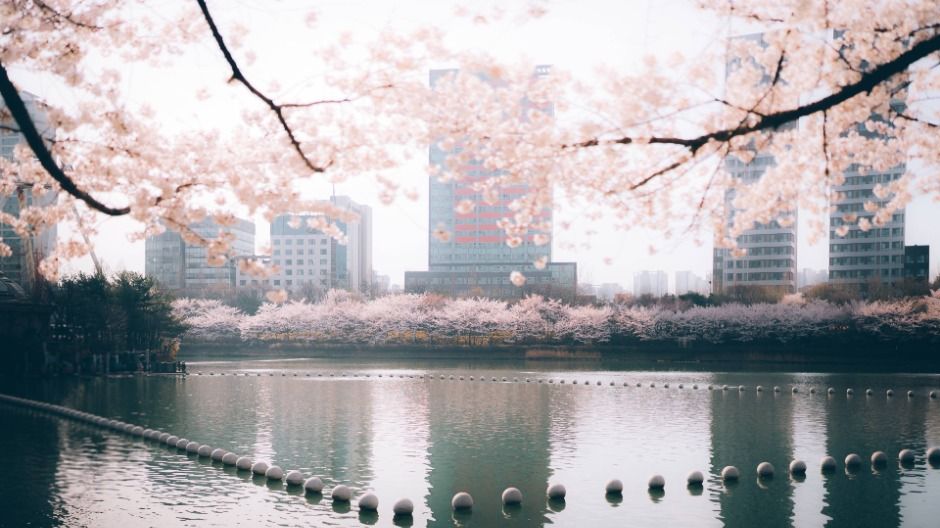
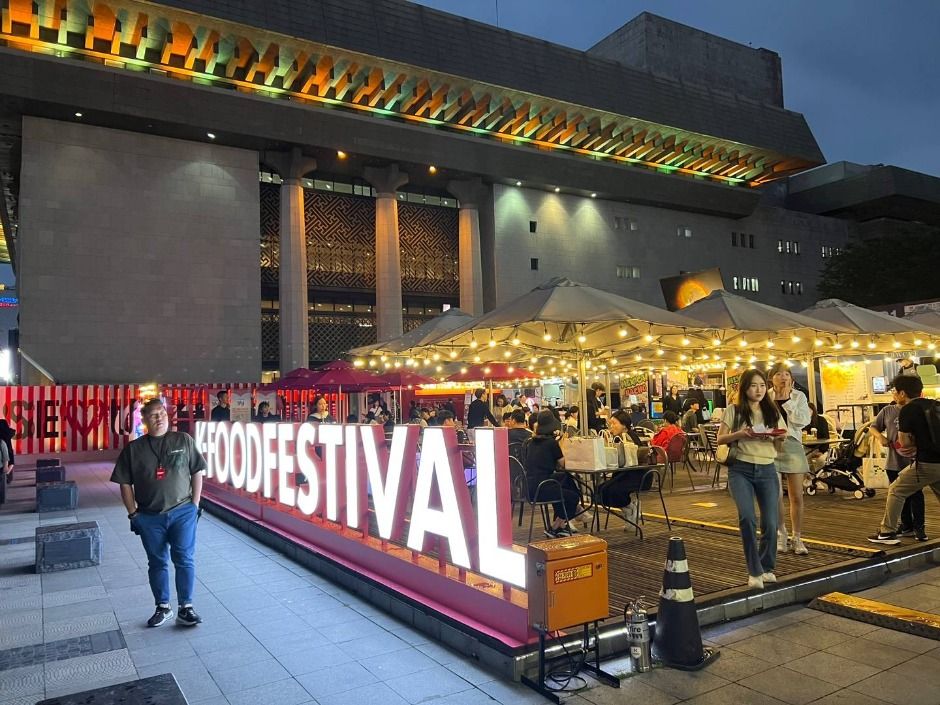
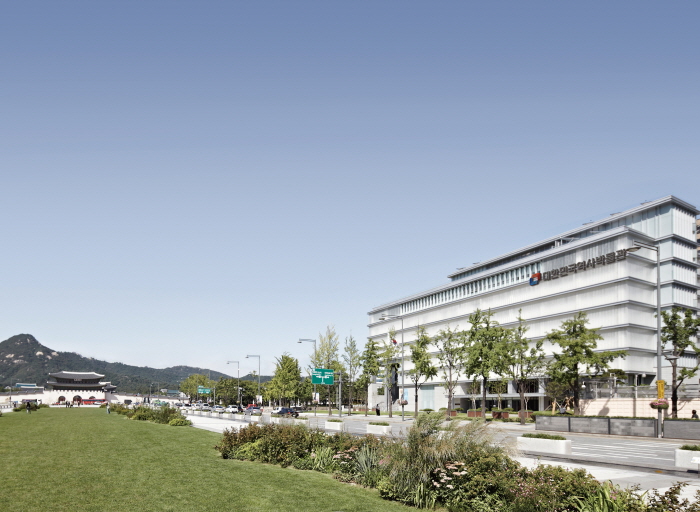
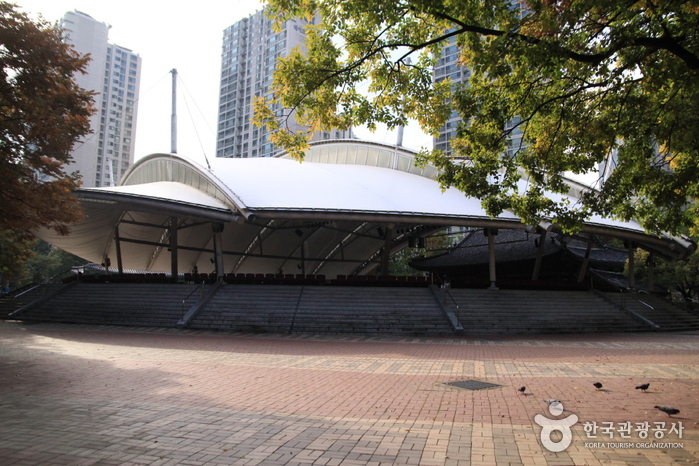

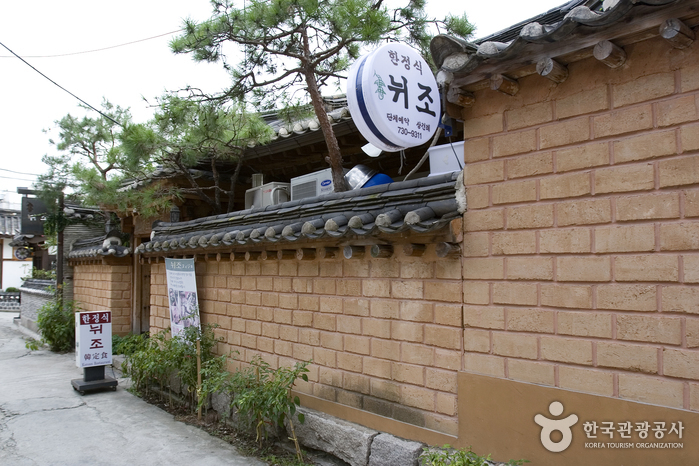
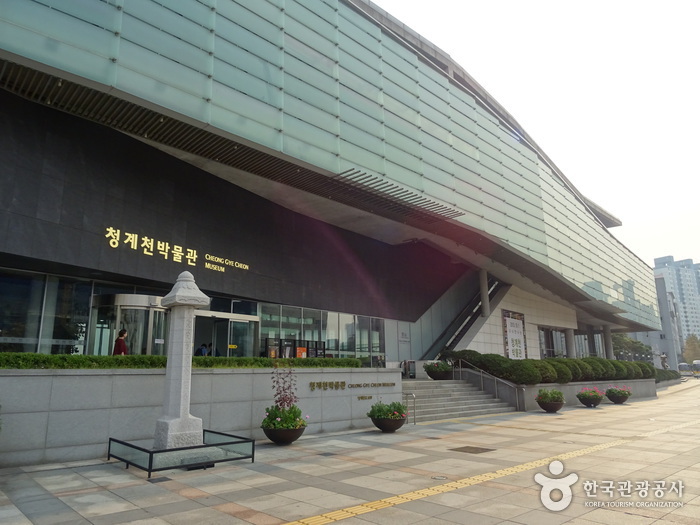
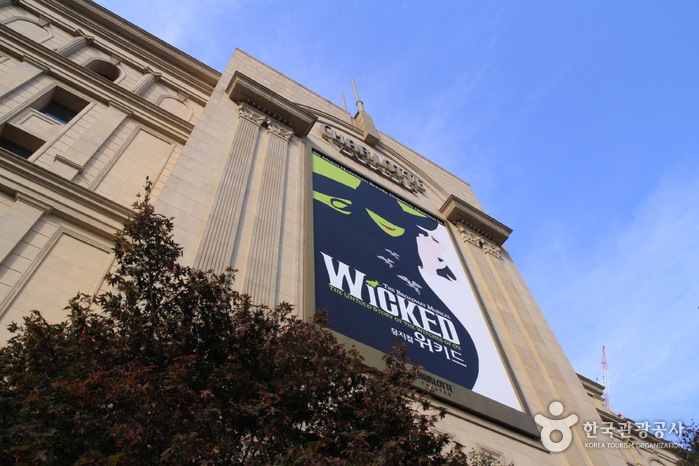
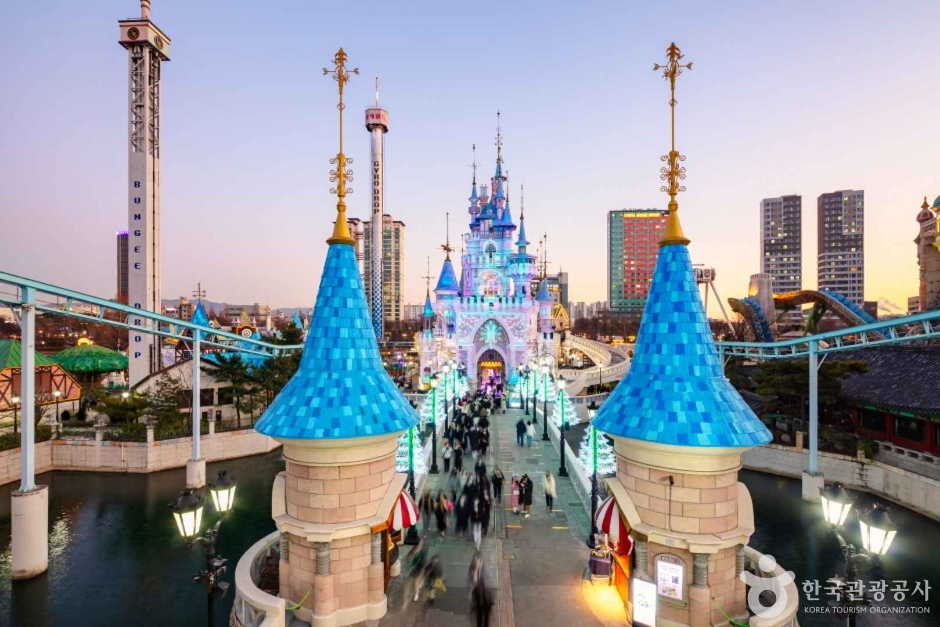
 Español
Español
 한국어
한국어 English
English 日本語
日本語 中文(简体)
中文(简体) Deutsch
Deutsch Français
Français Русский
Русский